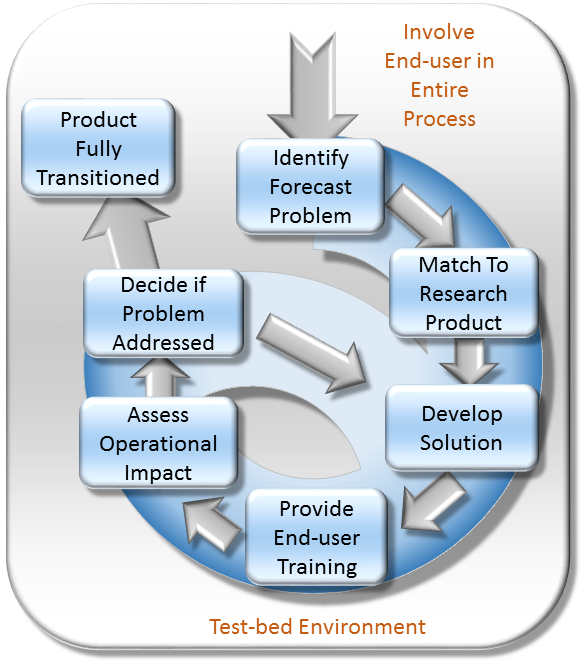Supporting Lightning Safety at Outdoor Sporting Events with a Lightning Risk Model
The summer months of June, July, and August are normally associated with lots of fun outdoor activities. You could be headed to the beach, going for a hike, or if you live in North Alabama – you might buy tickets to watch a Rocket City Trash Pandas Minor League Baseball game! Unfortunately, these summer months are also associated with the highest number of lightning fatalities within the US each year. Reinforcing lightning education (when thunder roars, go indoors, si escucha un trueno, vaya adentro, see a flash, dash inside is crucial so that people can recognize when they are in an unsafe situation and know how to act accordingly. Other lightning safety tools can be used as an aid to keep an eye on an evolving lightning situation, while helping decision makers choose when to halt or resume outdoor activities.
On June 8th, 2022, many Huntsville locals were likely planning to watch the Trash Pandas take on the Mississippi Braves. The baseball game was at Toyota Field in Madison, AL and scheduled to start at 6:35 PM/23:35 UTC. In the hours prior to the game, small thunderstorms surrounded the Huntsville area with a larger line of storms approaching from the west (NWS Huntsville Tweet 1). At 5:42 PM/22:42 UTC, Madison County was placed in a severe thunderstorm watch (NWS Huntsville Tweet 2).
Researchers at the University of Alabama in Huntsville (UAH) and NASA’s Short Term Prediction and Research Transition Center (SPoRT) are developing tools to monitor evolving lightning safety situations like these to maximize public safety. Some weather apps alert you when lightning is within 5 or 10 miles of your location; however, they don’t provide an “all clear” notification nor provide you information on how the risk of lightning at your location is changing with time.
Thus, SPoRT has developed a Lightning Risk Product, which combines ground-based or space-based lightning data, probabilistic risk calculation, and lightning risk guidelines to provide actionable risk categories for the public. The product determines risk at a location of interest to be either acceptable (green), tolerable (yellow), or unacceptable (red). Risk is calculated based on a few factors, such as the proximity of lightning to the location, and is compared against risk categories or “tolerability thresholds.” As the lightning activity changes so does the risk, creating visual trends in risk with time. In the case of the Trash Pandas game, lightning risk had been steadily increasing at the stadium since around 5:45 PM/22:45 UTC, both from the perspective of the North Alabama Lightning Mapping Array (NALMA) and the Geostationary Lightning Mapper (GLM). This could be useful information to a decision maker as they try to determine whether to halt activities in progress or delay them from starting.
Had the risk product been available to decision makers at the game, it may have helped build early confidence in their ultimate decision to not allow the game to take place. The first lightning flash to come within 5 nautical miles of the stadium was around 6:12 PM/23:12 UTC (GLM) or 6:14 PM/23:14 UTC (NALMA), a little over 15 minutes prior to the game start time. While in this particular situation the game was eventually postponed (Rocket City Trash Pandas' Tweet), other games may warrant a delay in which continually monitoring the risk trends could also be helpful in deciding when to resume play.
Additionally, it is worth noting that the majority of the heavy precipitation remained south of Huntsville and Toyota Field ( NWS Huntsville Tweet 3 ) on that evening.
Often people assume themselves to be in less danger if it’s not raining at their location – this is false. The lightning risk product also confirmed that despite the lack of persistent rain, the sky above and surrounding the stadium was electrically active, making it unsafe for the game to be played that evening. Remember that if you can hear thunder, you are close enough to be struck by lightning! As was recently shown, every ballpark in the US has some risk for lightning, not just during the game, but also for activities before or after the game (Vagasky, 2022). When making decisions about suspending or halting activities, it’s important to consider additional factors such as how long it will take people to move to safety.
The National Weather Service recommends that for organized outdoor activities, organizers should have a detailed lightning safety plan that gives clear and specific safety guidelines to follow during an activity or event. You can read more about lightning safety and outdoor sports and continue to follow along with National Lightning Safety Awareness Week content by clicking here !






